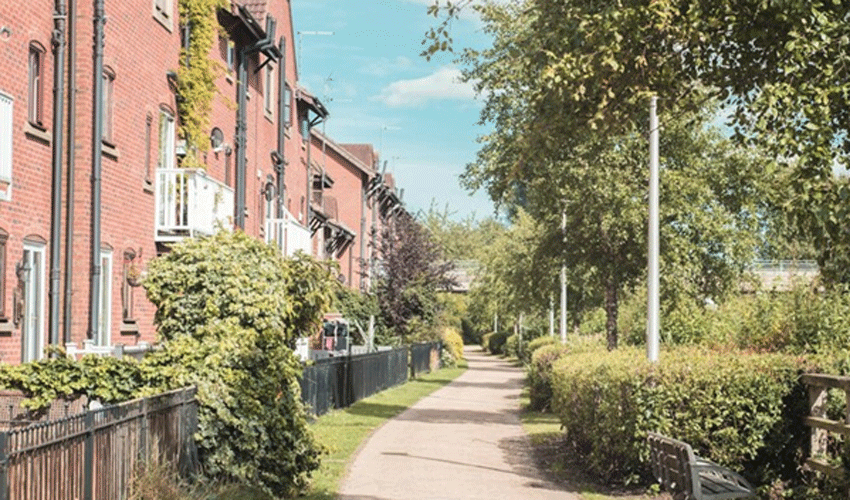
NatWest’s presence in Beverley can be traced back to 1790, and the establishment of the private bank Sir Christopher Sykes & Co. A prominent local landowner, Sir Christopher Sykes had served as one of Beverley’s two Members of Parliament between 1784 and 1790.
Although little is recorded about the very early history of the bank, in the early 1790s it was trading from an office in Lairgate, Beverley, and from that time onwards was also known as East Riding Bank. During the first decades of its existence a number of partners in the London bank Curries & Co joined the firm, including Robert Raikes and William and Isaac
Currie.
By 1790 Beverley was a busy market town serving the local agricultural district, and had a population of over 4,000 inhabitants. The arrival of the York and North Midland Railway in 1846 improved access to the town and in 1884 a shipyard was established nearby on the River Hull. In 1875, when it was trading as Bower, Hall & Co, East Riding Bank was acquired by the Leeds bank Beckett & Co, but it continued to trade as an independent business, known as the East Riding Bank of Beckett & Co. At this time Beverley was large enough to support the business of 4 different banks.
During the early decades of the twentieth century the banking sector underwent a transformation, as smaller banks were forced to grow or merge in order to remain competitive. Despite its local success Beckett & Co was still relatively small. In 1921, when it had 13 branches, it was acquired by London County Westminster & Parr’s Bank, one of the emerging ‘Big Five’ high street banks, known from 1923 as Westminster Bank.
During the First World War banks took on extra responsibilities, such as the sale of war loan subscriptions, and were subject to a raft of new government controls. Shortly after the end of the war another of the future ‘Big Five’ banks also opened a branch in Beverley.
On 15 September 1919 National Provincial & Union Bank of England, formed the previous year through the important merger of the National Provincial Bank of England with the Union of London & Smiths Bank, opened a branch at 68 Market Place. In 1924 this bank
shortened its name to National Provincial Bank.
By 1922 the London County Westminster & Parr’s Bank branch had outgrown its premises at 24 Lairgate, which it had occupied since at least the 1860s, and required a larger home in a more prominent position. The Bank took the opportunity to purchase recently vacated premises at 60 Market Place, formerly occupied by a branch of London City & Midland Bank, and the Beverley branch moved there in mid 1924.
The outbreak of the Second World War soon ushered in a period of shortages, with constraints on foreign exchange and lending. As men left to serve in the forces banks had to adapt.
By 1958 the National Provincial Bank branch had also outgrown its Beverley premises, and the branch was extended into the two shops on either side to provide more spacious accommodation for its growing business.
In 1970 National Westminster Bank was formed through the amalgamation of Westminster Bank with National Provincial Bank and its subsidiary District Bank. The new bank sought to rationalise its presence in places where it had multiple offices in close proximity. In Beverley the bank had two offices on Market Place, the businesses of which were brought together in 1973 under one roof at 60 Market Place. NatWest is proud of its long association with Beverley and the branch continues to operate from its premises at 60 Market Place.













Did you just find this post under the table? I went into NatWest a few weeks ago and they were all dressed up for the occasion that has just been reported.
Not quite Pat but not far off it – I misplaced everything but found it all today thank god!